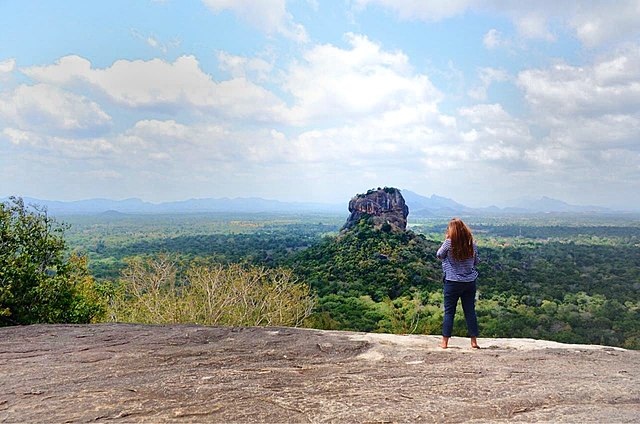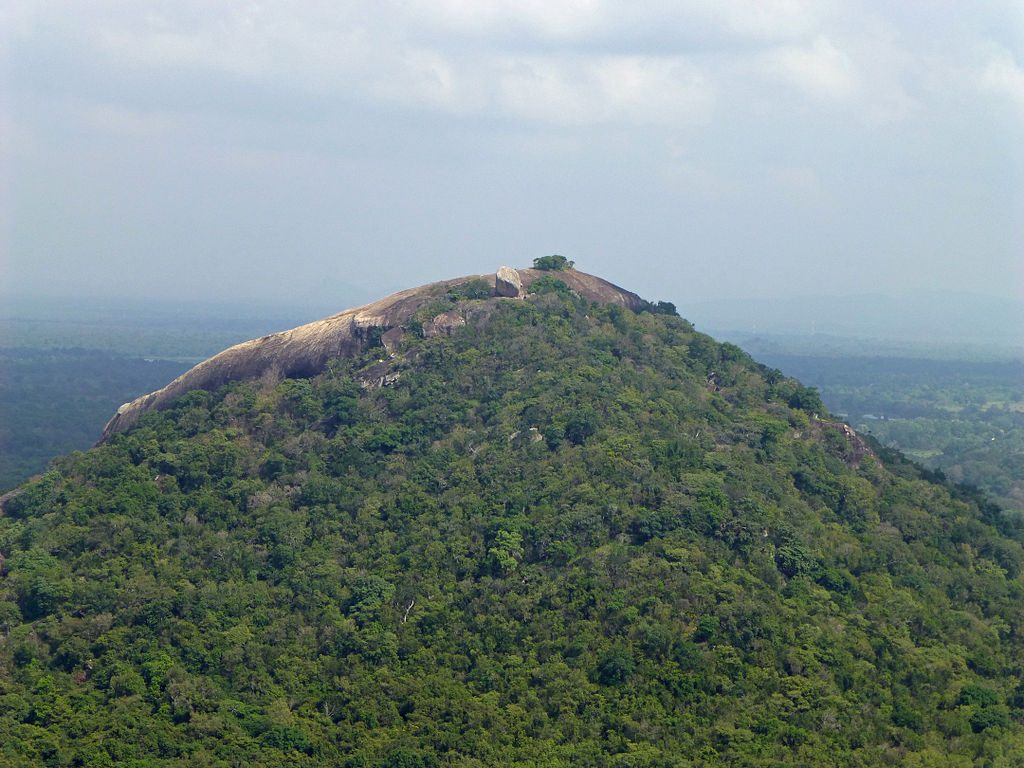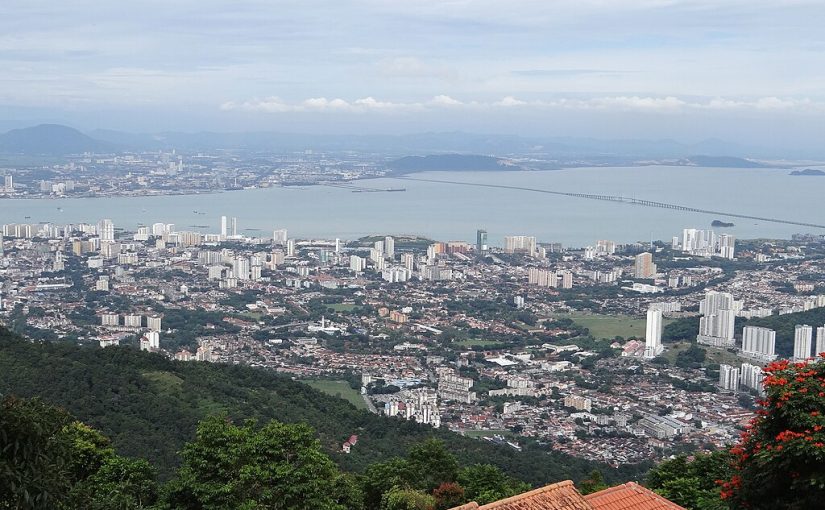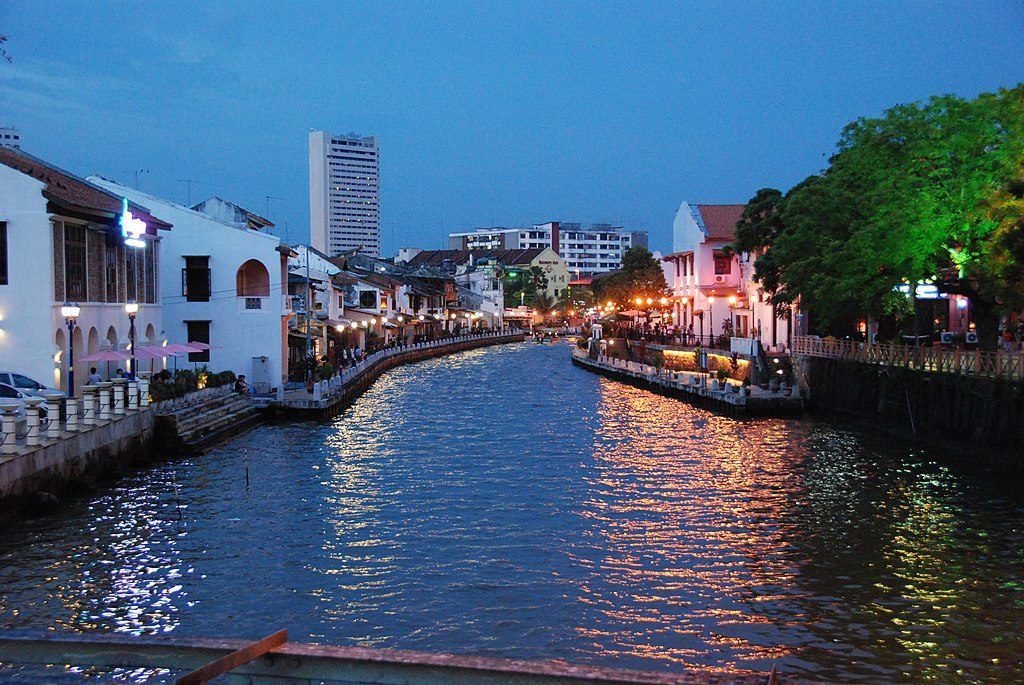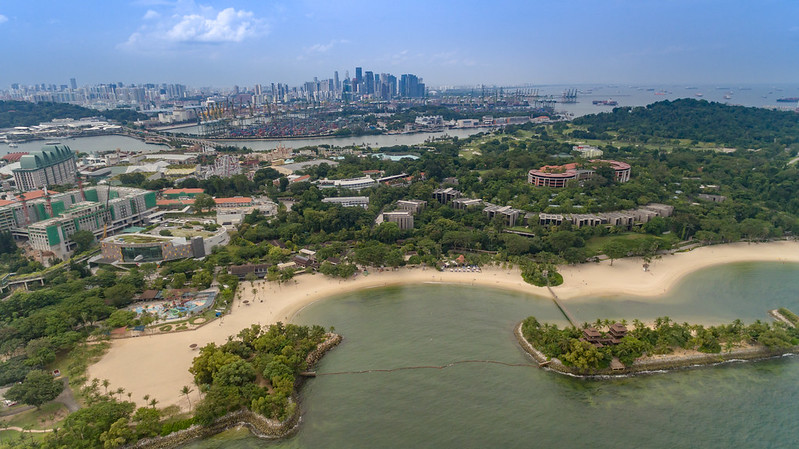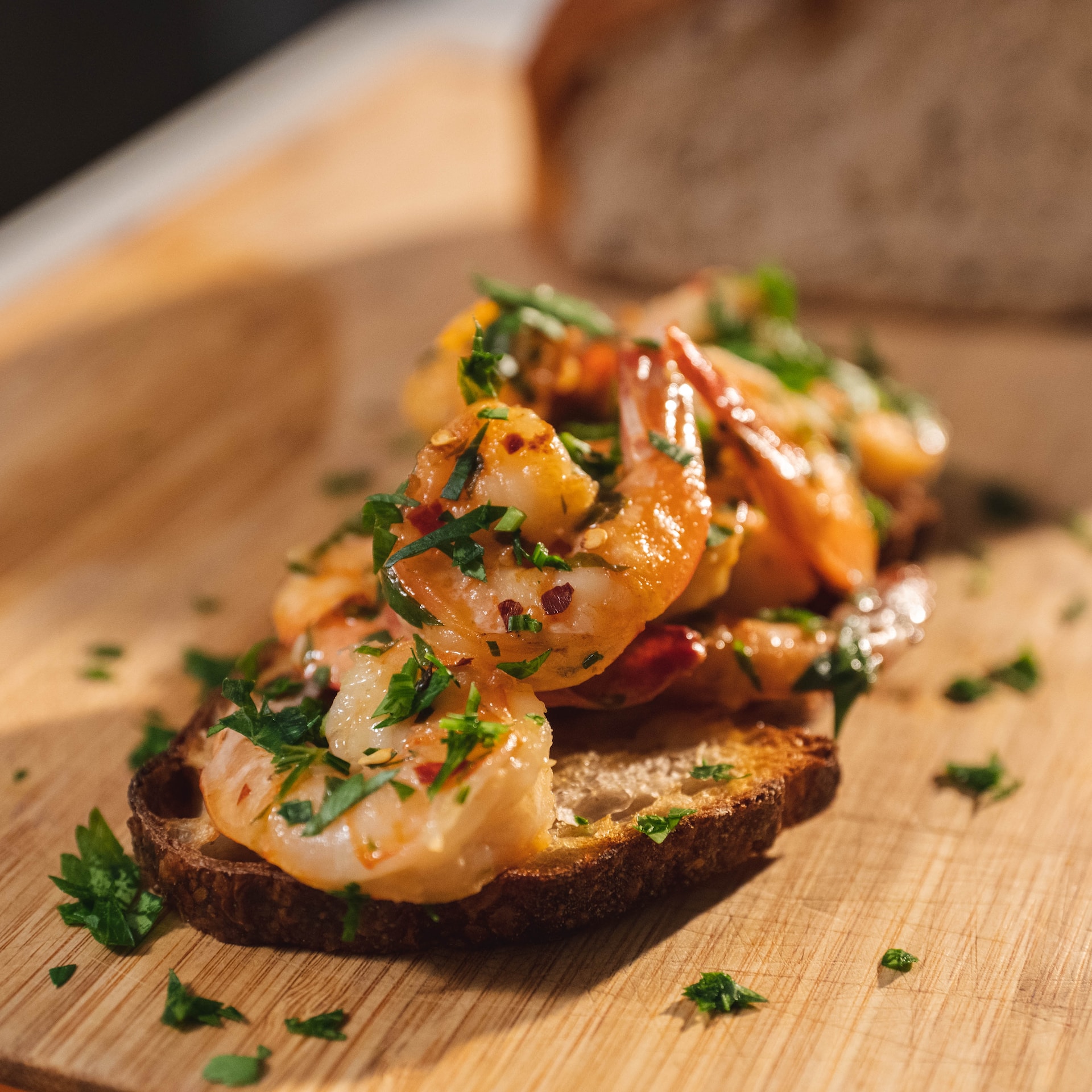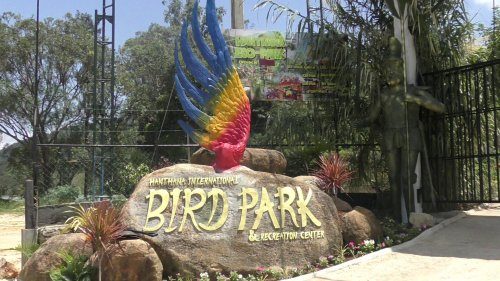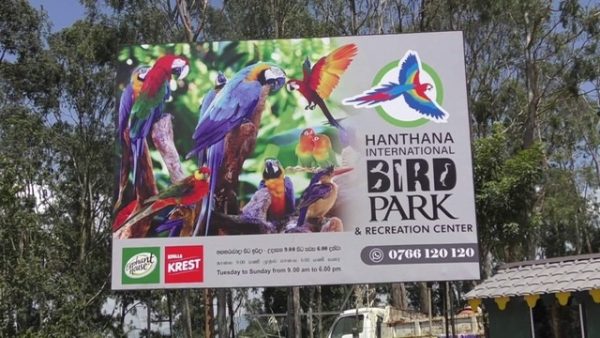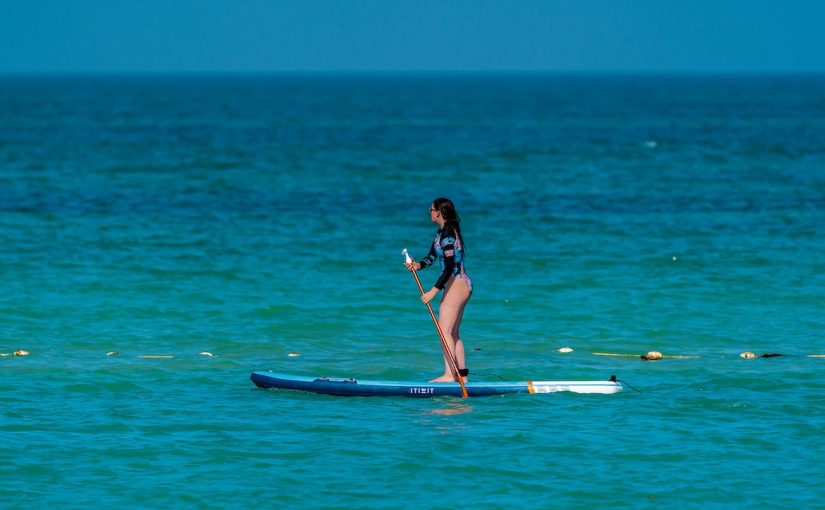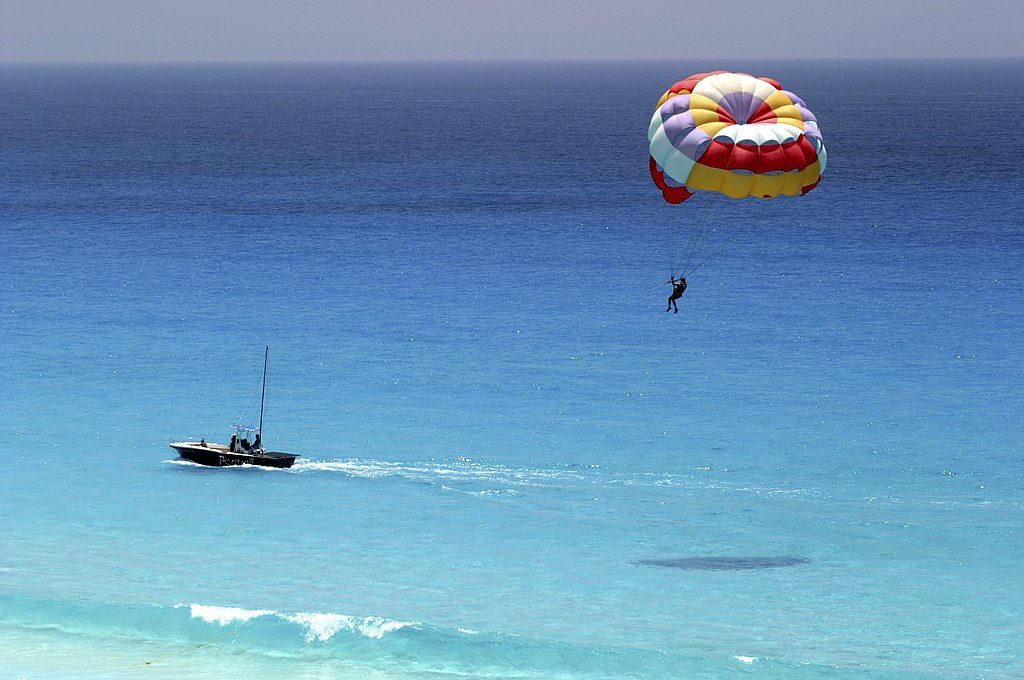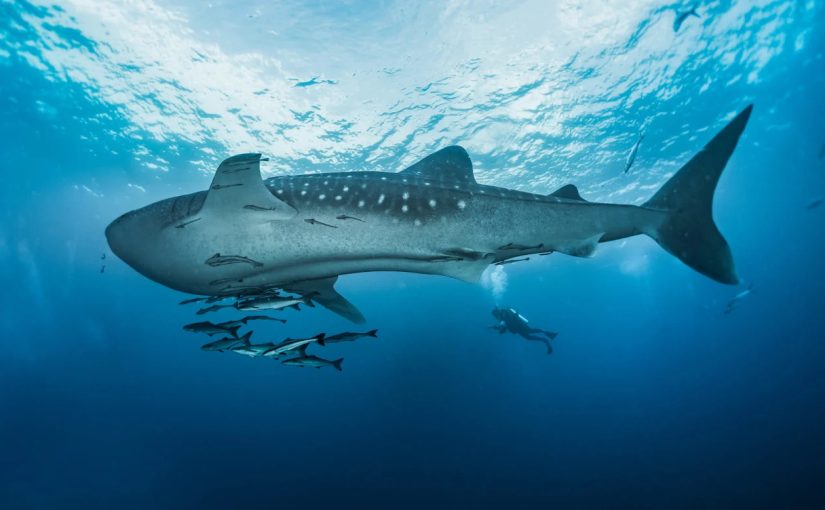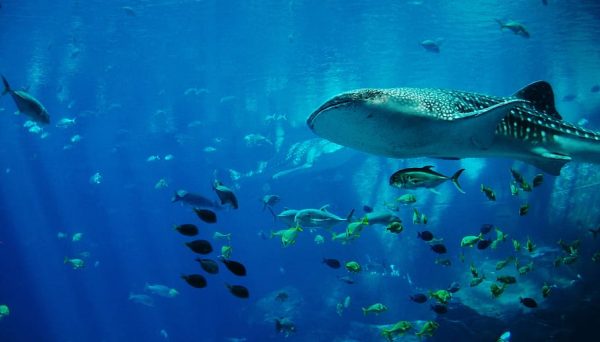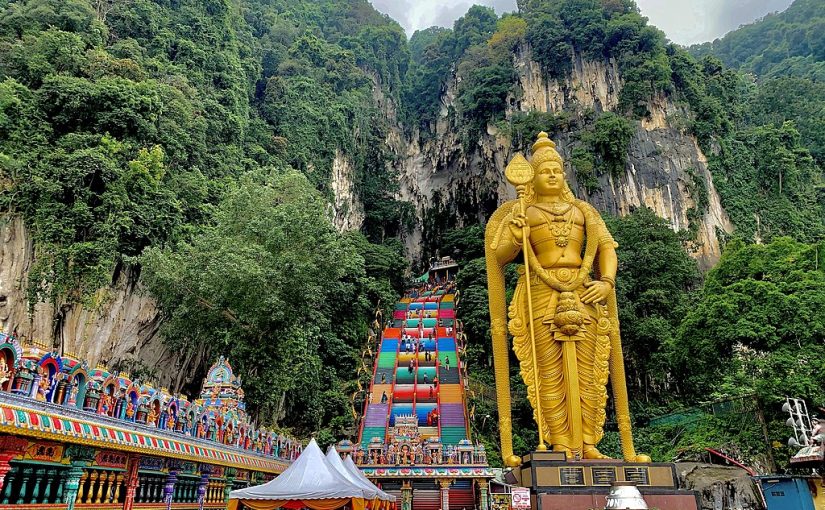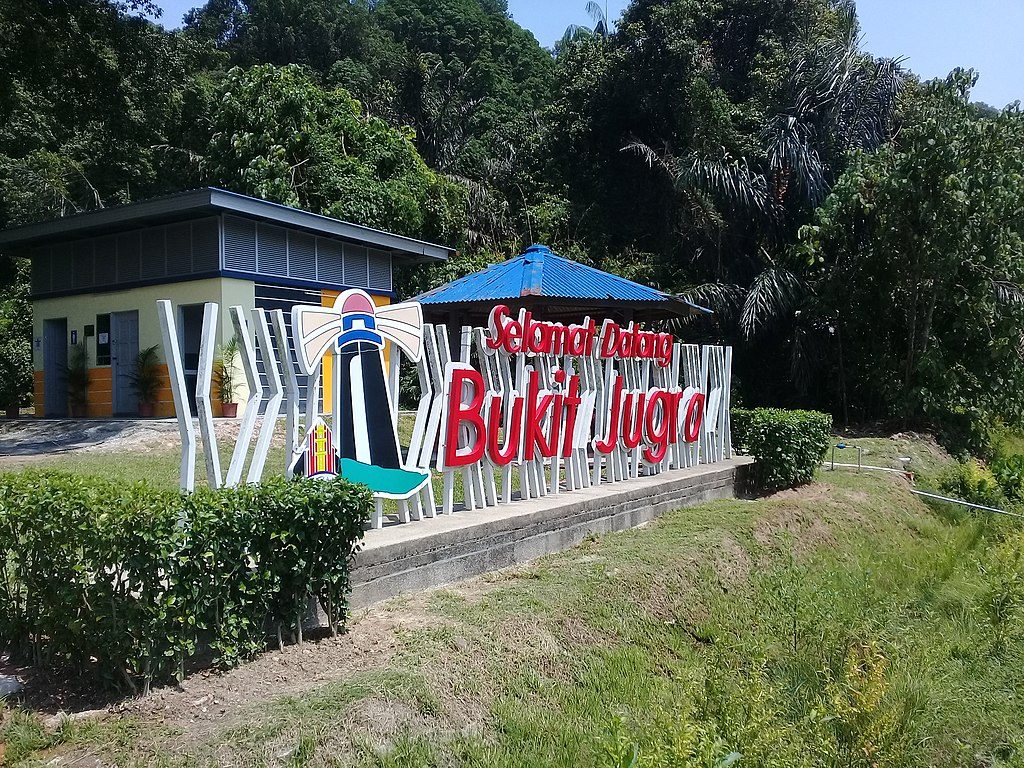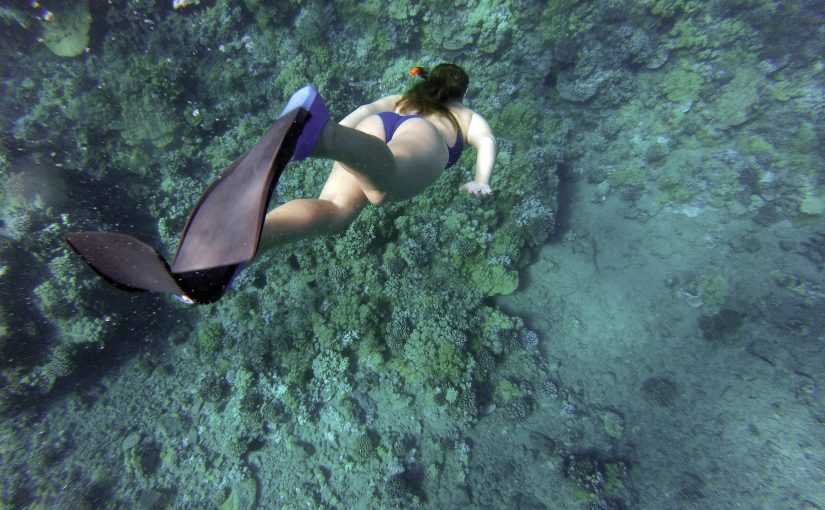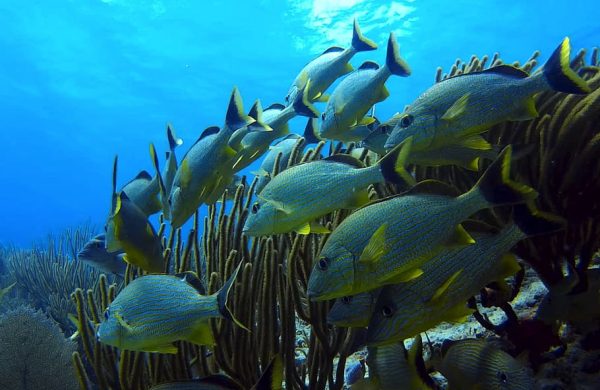Amidst the towering skyscrapers and sand dunes of Abu Dhabi, the Eastern Mangroves provide a refreshing change of environment. This protected national park is famous for its kayaking opportunities, and visitors can enjoy an afternoon exploring the lush mangroves. This is what you can expect from the Eastern Mangroves.
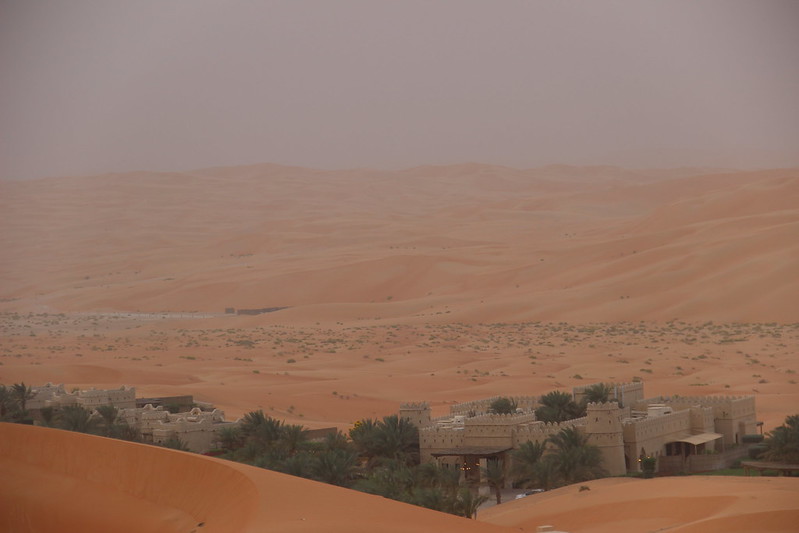
What are the Eastern Mangroves in Abu Dhabi?
The Mangroves National Park is accessible through the Eastern Mangroves, serving as its entrance point. Situated within Abu Dhabi’s urban core, this safeguarded zone constitutes approximately 75% of the total mangrove expanse within the UAE and is close to many serviced apartments in Abu Dhabi such as the Oaks Liwa Executive Suites. Bursting with biodiversity, this mangrove woodland provides sanctuary to a host of marine creatures, encompassing crabs, herons, flamingos, and various fish species.
Preparing for Your Kayaking Adventure
To enjoy a safe and enjoyable experience at the Mangroves, it is crucial to pack well. Start by choosing comfortable clothing suitable for water activities, such as lightweight, moisture-wicking attire and water-resistant shoes that can get wet. Apply sunscreen liberally and wear a hat to protect yourself from the scorching Abu Dhabi sun. Make sure you have the basics of kayaking down before setting off, as it ensures your safety.
Environmental Preservation
The Environment Agency Abu Dhabi (EAD), enforces strict regulations to protect the delicate ecosystem. These measures include prohibiting activities like jet skiing, fishing, and other sports that could harm the fragile environment.

